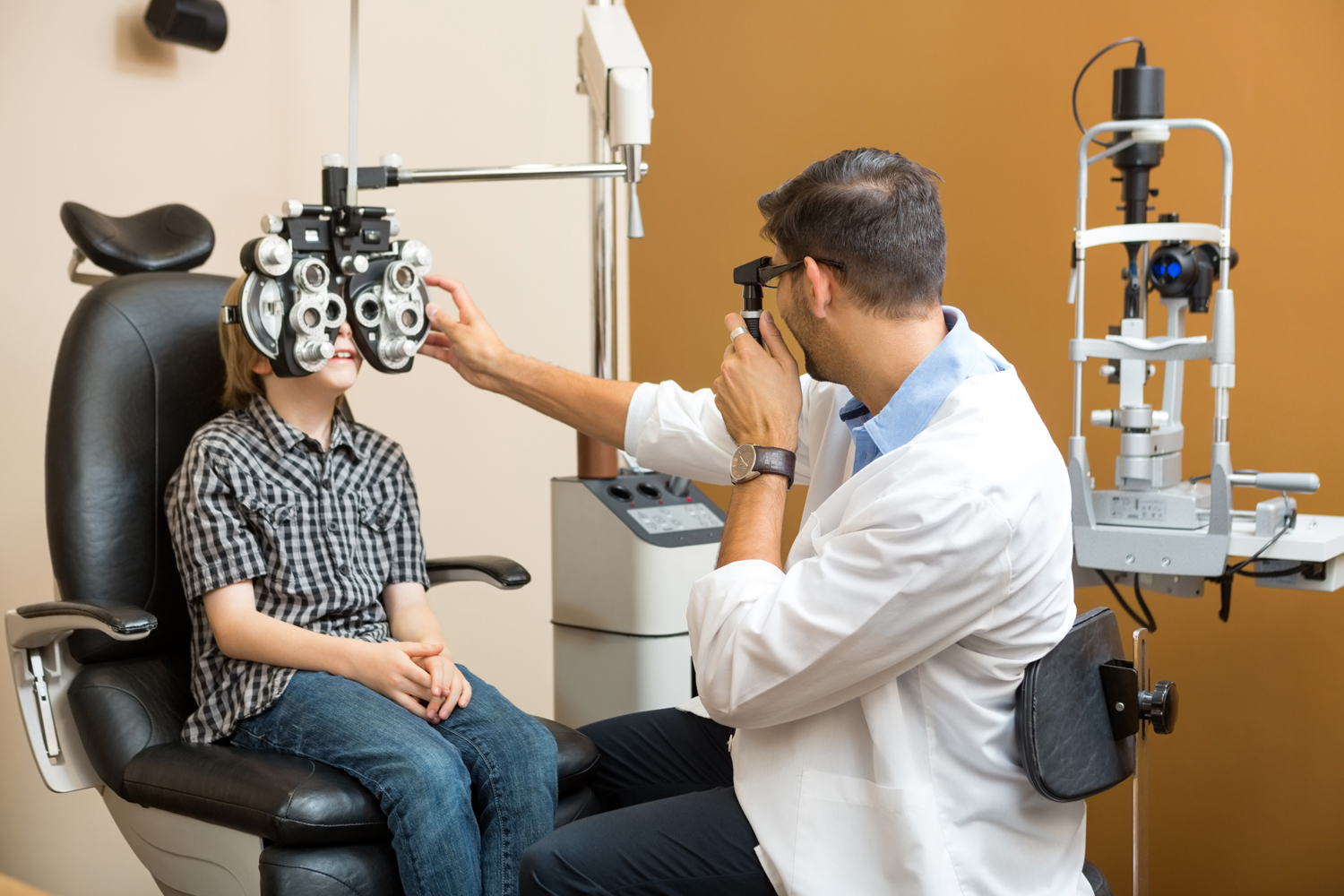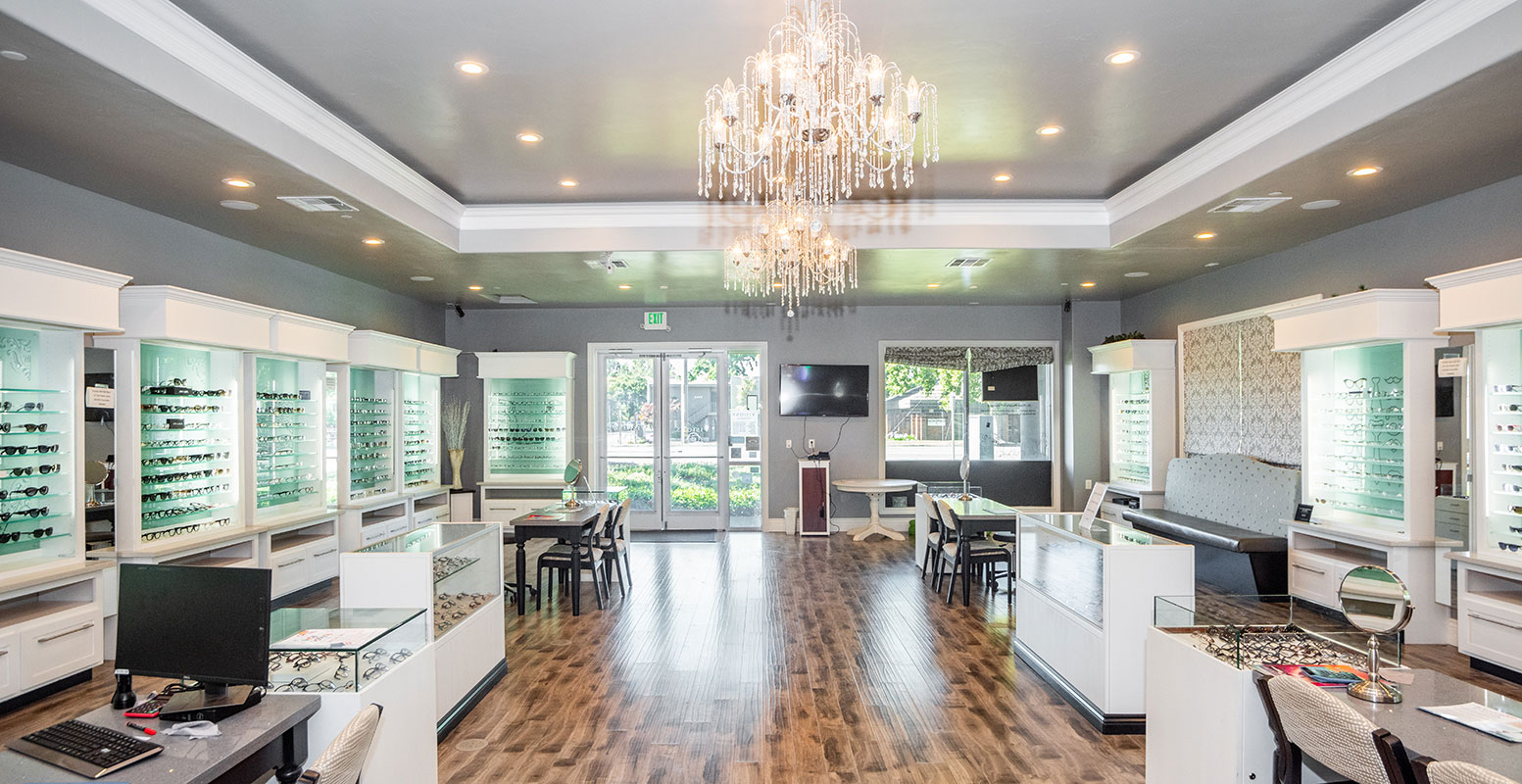Discovering the most recent Technical Improvements in Optometry and What They Mean for Optometrists
From the precision of Optical Coherence Tomography to the nuanced understandings supplied by AI-driven analysis tools, these developments are establishing new standards in patient analysis and treatment. As these advancements permeate the practice, optometrists are encountered with the difficulty of welcoming these tools to boost patient end results.
Innovations in Diagnostic Devices
Advancing the field of optometry, innovations in diagnostic devices have actually changed the way eye treatment professionals analyze and identify aesthetic disabilities and eye problems. The past years has experienced substantial technological improvements, enabling more thorough and precise analyses. Optical Coherence Tomography (OCT), for instance, offers high-resolution cross-sectional pictures of the retina, enabling the very early detection of illness such as glaucoma and age-related macular deterioration. This non-invasive imaging method has actually become important in contemporary optometric technique.
Another key innovation is the introduction of innovative corneal topography systems, which map the surface curvature of the cornea with precision. These devices are specifically valuable for suitable call lenses and diagnosing corneal problems. Electronic retinal imaging has changed typical ophthalmoscopy, providing detailed, scenic views of the retina that assist in thorough visual evaluations.
The growth of wavefront aberrometry has also been crucial, allowing the analysis of refractive mistakes with unparalleled precision (Eye Doctor Optometrist). This technology aids in tailoring restorative lenses and boosting surgical results for refractive surgical procedures. Collectively, these diagnostic innovations empower eye doctors to supply superior patient treatment, ensuring early intervention and tailored treatment approaches, eventually boosting visual wellness outcomes
AI in Person Administration
Building on the structure of cutting-edge diagnostic tools, the incorporation of fabricated knowledge (AI) in patient administration represents a transformative jump for optometry. AI systems are increasingly utilized to boost performance, accuracy, and customization in patient treatment. By examining large quantities of information, AI can determine patterns and anticipate prospective eye conditions, enabling eye doctors to tailor interventions better. This capacity is critical in handling chronic eye illness such as glaucoma and diabetic person retinopathy, where very early discovery and continual monitoring are crucial.
Moreover, AI-driven systems help with streamlined client communications and administrative processes. Automated scheduling, virtual consultations, and customized follow-up plans not just boost client contentment yet additionally enhance time management for professionals. These systems can triage individuals based on the necessity of their conditions, ensuring that those in vital demand obtain punctual focus.
Additionally, AI improves decision-making by providing optometrists with evidence-based referrals and treatment pathways. By integrating information from electronic wellness documents, AI devices provide insights that inform professional decisions, decreasing the threat of mistakes and enhancing client results. As AI continues to develop, its role in patient monitoring will likely broaden, reshaping the landscape of optometric care.
Advancements in Retinal Imaging
In the world of optometry, retinal imaging has witnessed amazing technological improvements that are enhancing diagnostic capabilities and client care. Innovations such as Optical Coherence Tomography (OCT) and fundus digital photography have actually transformed exactly how optometrists evaluate the retina and visualize.
Enhanced imaging modalities like OCT angiography are additional refining analysis accuracy. This non-invasive strategy maps blood flow in the retina, supplying important insights right into vascular wellness without the demand for dye injections. Additionally, flexible optics innovation is being integrated right into retinal imaging systems to deal with ocular aberrations, providing extraordinary image clearness. Such developments assist in the identification of minute retinal changes that could signify disease development.
Additionally, innovations in man-made knowledge are boosting retinal imaging by making it possible for automated analysis of big datasets. These systems aid optometrists in recognizing patterns a sign of pathology, thereby boosting diagnostic accuracy and effectiveness. Collectively, these developments are transforming retinal imaging into a keystone of modern eye treatment, improving end results and broadening restorative opportunities.
Teleoptometry's Growing Duty
Teleoptometry is progressively coming to be a vital element of eye treatment, driven by developments in data and diagnostic devices. As optometry welcomes electronic change, teleoptometry facilitates remote examinations, enabling optometrists to prolong their services beyond traditional limits. This is especially useful in underserved and rural areas where accessibility to specialized eye care is frequently limited. By leveraging high-resolution video conferencing and progressed retinal imaging, eye doctors can carry out extensive eye exams from afar, making sure prompt medical diagnosis and therapy.
The combination of expert system (AI) more improves teleoptometry, allowing the analysis of visual information and helping in the detection of eye problems such as glaucoma and diabetic retinopathy. click site AI-powered formulas can swiftly translate complex imaging data, providing optometrists with useful insights that bolster clinical decision-making.
Additionally, teleoptometry supports continuity of treatment via smooth integration with digital health records (EHRs), enabling eye doctors to preserve detailed individual histories. This makes certain that people receive regular and tailored care even when speaking with various experts.
Regardless of these benefits, obstacles remain, consisting of making sure data safety and security and managing client expectations. Teleoptometry stands for a significant stride in the direction of even more easily accessible, efficient, and patient-centered eye care. As innovation progresses, its duty is positioned to expand better.

Future Trends in Eye Care
A myriad of ingenious trends is readied to reshape the future of eye care, driven by technical innovations and the developing requirements of patients. One substantial trend is the combination of expert system (AI) in diagnostics, which guarantees to improve the accuracy and effectiveness of eye exams. AI formulas can examine huge amounts of information from retinal photos, potentially discovering problems like diabetic person retinopathy and glaucoma earlier than typical methods.
In addition, personalized medication is gaining traction in optometry, with hereditary testing educating customized therapy plans. This technique intends to optimize person results by tailoring treatments to specific hereditary profiles. Wearable technology, such as clever contact lenses, is also on the perspective, providing real-time monitoring of intraocular pressure or glucose degrees, thus supplying continual insights into systemic and eye health and wellness.
The fostering of increased fact (AR) and digital fact (VR) in training and patient education is one more arising trend. These modern technologies offer immersive experiences that can improve understanding and skills both for optometrists and individuals. As these fads progress, eye doctors need to stay abreast of technical improvements to offer sophisticated treatment, guaranteeing enhanced patient outcomes and satisfaction in the dynamic landscape of eye care.
Conclusion

Jointly, these diagnostic advancements empower optometrists to deliver premium person treatment, guaranteeing right here very early intervention and customized treatment methods, inevitably improving aesthetic health and wellness outcomes.

As these innovations continue to progress, optometrists need to adjust and integrate them right into technique, ultimately maximizing operations performance and boosting the his comment is here criterion of eye care supplied to patients.